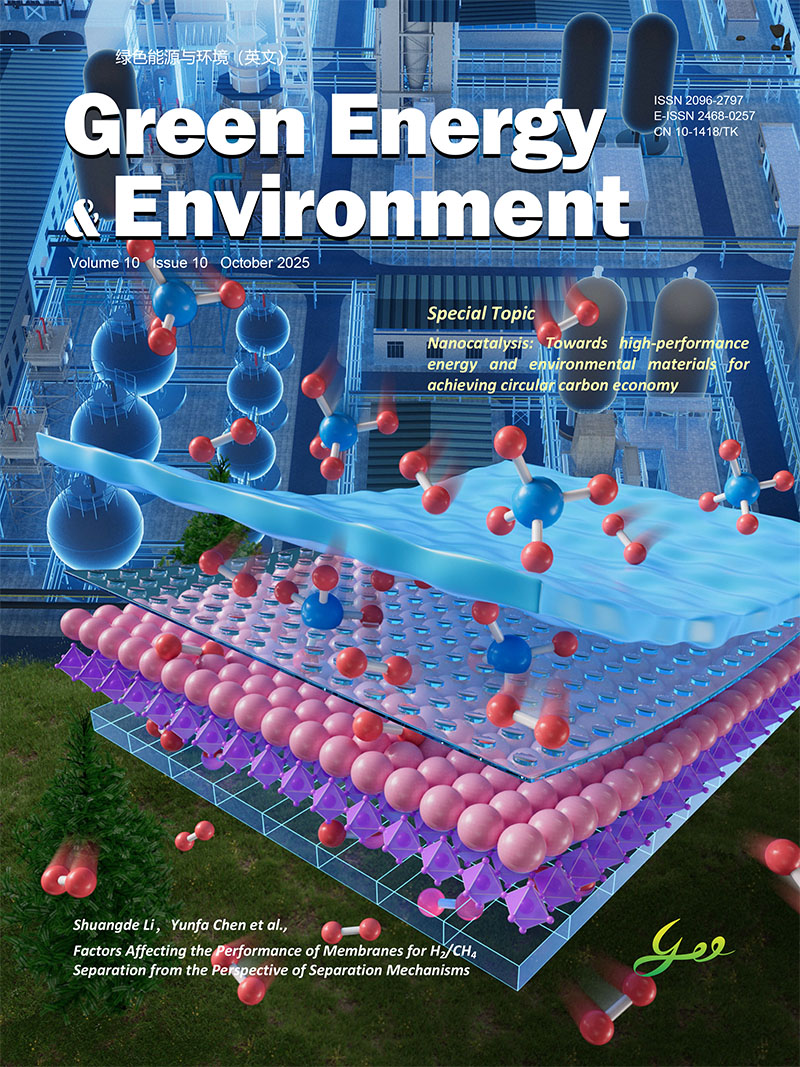2018 Vol. 3, No. 2
Display Method:
2018, 3(2): 97-106.
doi: 10.1016/j.gee.2017.08.005
Abstract:
2018, 3(2): 107-119.
doi: 10.1016/j.gee.2017.09.004
Abstract:
2018, 3(2): 120-128.
doi: 10.1016/j.gee.2017.11.002
Abstract:
2018, 3(2): 138-146.
doi: 10.1016/j.gee.2017.11.005
Abstract:
2018, 3(2): 147-155.
doi: 10.1016/j.gee.2017.11.004
Abstract:
2018, 3(2): 156-162.
doi: 10.1016/j.gee.2018.01.005
Abstract:
2018, 3(2): 163-171.
doi: 10.1016/j.gee.2017.08.006
Abstract:
2018, 3(2): 172-178.
doi: 10.1016/j.gee.2017.06.005
Abstract:








 京公网安备 11010802039050号
京公网安备 11010802039050号